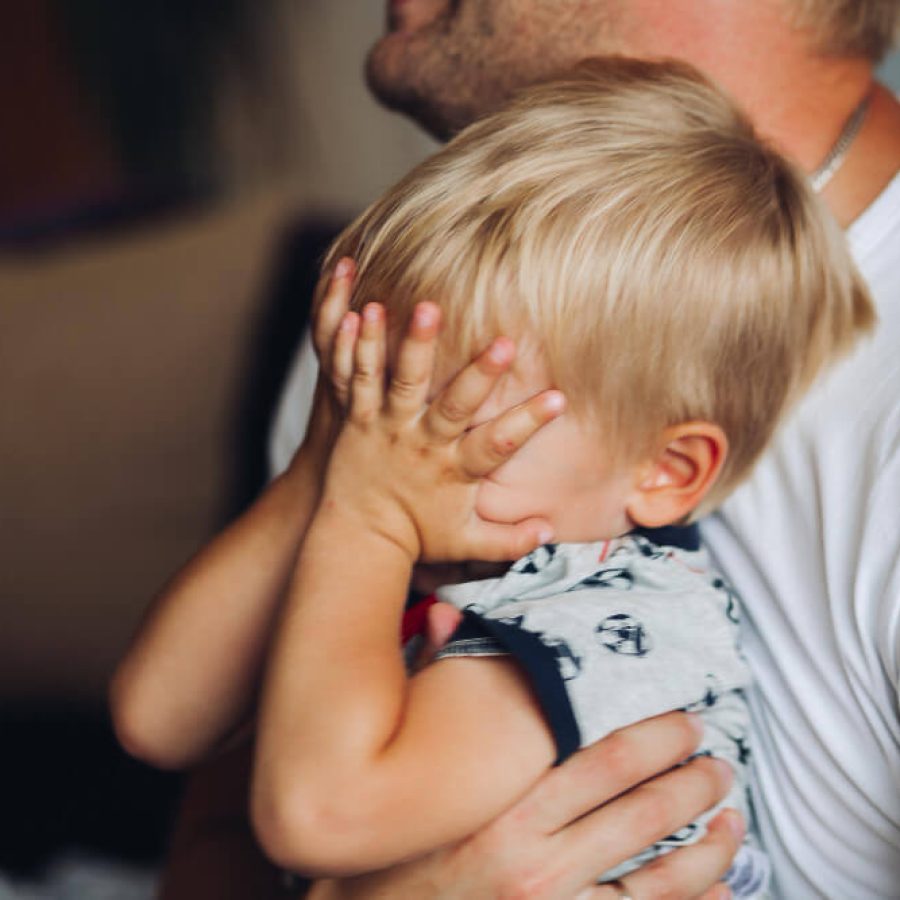Adverse Childhood Experiences, or ACEs, might sound like something distant or clinical, but they’re actually about real-life moments that can deeply affect a child’s growth and emotional world. These experiences can shape how kids see themselves, relate to others, and even how their bodies respond to stress.
Understanding what are the adverse experiences is a powerful step to know how early hardships can influence a child’s future and how to deal with them the best way.
It can help adults notice early signs, offer support, and build stronger and safer environments where every child can heal and thrive.
What Are Adverse Childhood Experiences (ACEs)?
At their core, Adverse Childhood Experiences (ACEs) are traumatic or highly stressful events that happen before the age of 18. They can include experiences like abuse, or instability at home—in fact, all situations that make a child feel unsafe or unsupported.
These moments can vary widely, from emotional neglect to witnessing violence, living with an unstable caregiver or with someone who struggles with addiction. Even when they happen early and seem forgotten, adverse childhood experiences can leave lasting marks on a child’s developing brain and body.
But remember: understanding what are the adverse situations doesn’t mean labeling or blaming. It’s really recognizing that stress in early life can have powerful effects—but that, with the right care and relationships, children can recover, adapt, and grow strong again.
Common Examples of ACEs
It is possible to identify several types of adverse experiences in childhood that tend to have long-term impacts on children’s health and well-being, and may be more common to see. These experiences often fall into three broad categories: abuse, neglect, and household challenges.
- Abuse: this includes emotional, physical, or sexual harm. Even words or actions that repeatedly make a child feel unwanted or afraid can count as emotional abuse.
- Neglect: when a child’s emotional or physical needs are ignored—such as not receiving enough food, attention, comfort, or supervision—it can deeply affect their sense of safety.
- Household challenges: this category includes experiences like witnessing domestic violence, living with someone who has a substance use problem or any instability, having separated or divorced parents, or having a family member in prison.
Each child’s experience is unique, and what may feel overwhelming for one might be manageable for another. But what matters most is the environment that surrounds them: consistent care, empathy, and support can make all the difference.
Impact on Child Health & Development
ACEs have more influence than merely influencing emotions: they can actually shape how a child’s brain and body develop. During childhood, the brain is rapidly growing and wiring itself in response to experiences.
When those experiences are filled with fear or uncertainty, the brain’s “alarm system” can stay switched on, leading to what’s known as toxic stress.
This constant stress can interfere with how the body regulates mood, sleep, and even immunity. Children with high stress levels may have trouble focusing, managing emotions, or trusting others. They may show developmental delays, learning difficulties, or frequent physical symptoms like headaches or stomach aches.
Over time, if these stress patterns continue without support, they can contribute to long-term health issues—including anxiety, depression, heart disease, and lower life expectancy.
But the good news is that the brain remains flexible, and with nurturing relationships and stability, much of this impact can be reduced or even reversed.
Dose–Response Effect & Long-Term Risk
One of the most eye-opening findings from ACE research is something called the dose–response effect. This means the more ACEs a person experiences, the higher their risk of facing difficulties later in life.
It happens not because they’re “broken,” but because their body and brain have had to work extra hard to adapt to stress.
For example, studies have shown that individuals with four or more ACEs are significantly more likely to experience depression, substance use, heart disease, or other chronic conditions as adults.
Each added ACE increases the odds of challenges with relationships, learning, and health.
But this isn’t destiny. Knowing about the dose–response link helps families and professionals act early. Identifying risks and building support networks is key to interrupting that chain reaction and creating healthier futures for children who have faced adversity.
Protective Factors and Resilience
Even when ACEs happen, resilience—the ability to bounce back from hardship—can make an incredible difference. What builds resilience? Love, stability, and connection. A child who has at least one caring, dependable adult in their life can recover far better from adversity than one who feels isolated or unseen.
Predictable routines, positive discipline, and safe spaces help children feel grounded and secure. When kids know what to expect and whom they can trust, their stress response calms, and they can focus on learning, playing, and growing again.
Community also plays a big role. Schools, caregivers, and healthcare providers who recognize the signs of trauma and respond with patience and understanding can become protective buffers against long-term harm. In many ways, healing from ACEs is not erasing the past, but rather strengthening what comes next.
Understanding ACEs to Empower, Not Alarm
Learning about ACEs can feel heavy, but it’s crucial to remember that this knowledge is meant to empower, not to scare.
When parents, caregivers, and educators understand how early experiences shape development, they can respond with compassion instead of judgment.
Creating homes and communities where children feel safe, heard, and valued can reduce the effects of adversity and help every child reach their full potential. Healing begins with awareness, continues with love, and grows with support that’s steady and kind.
Next step: learn more about Parenting Styles and how they can support resilience and healthy development in children.


